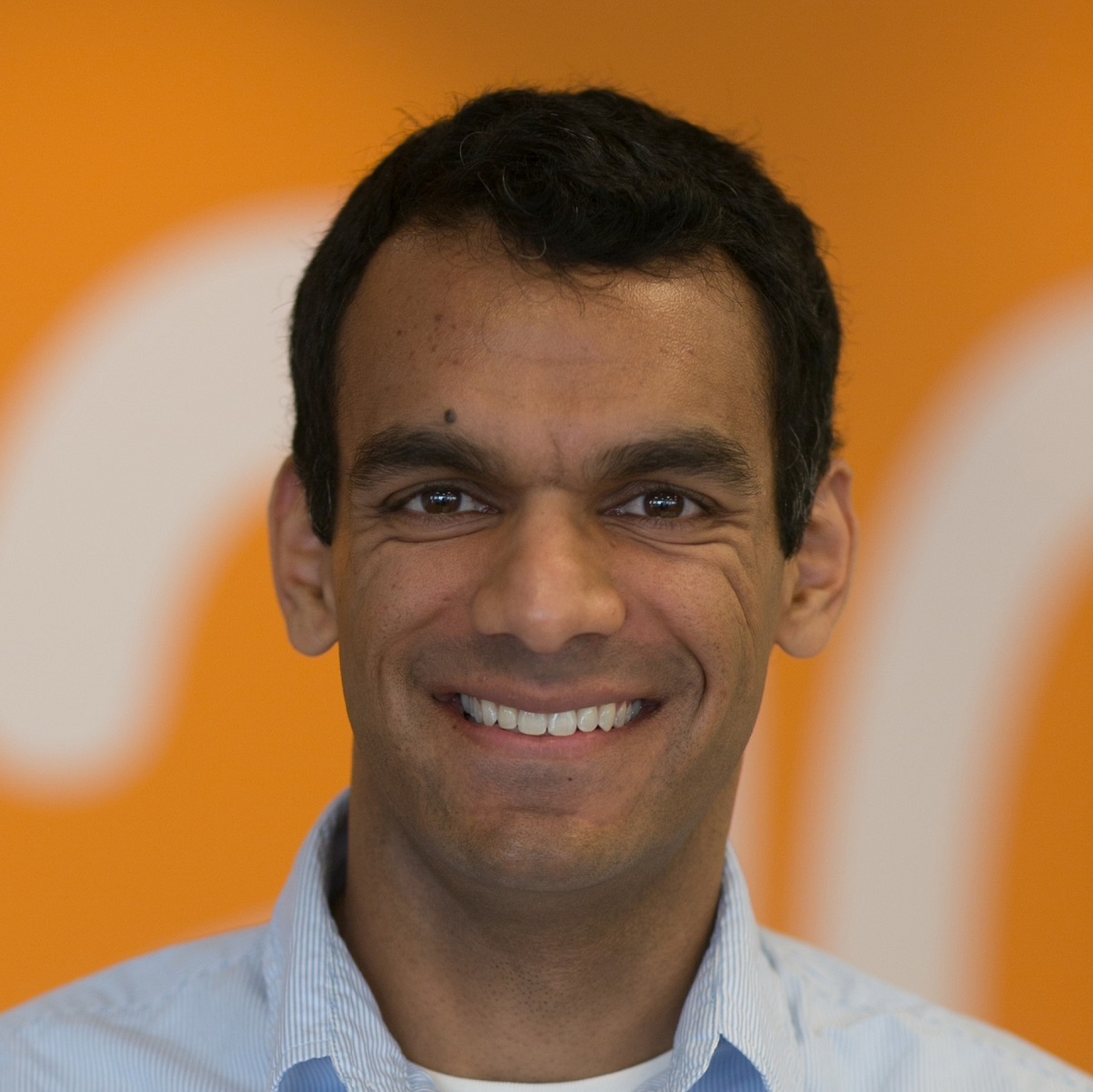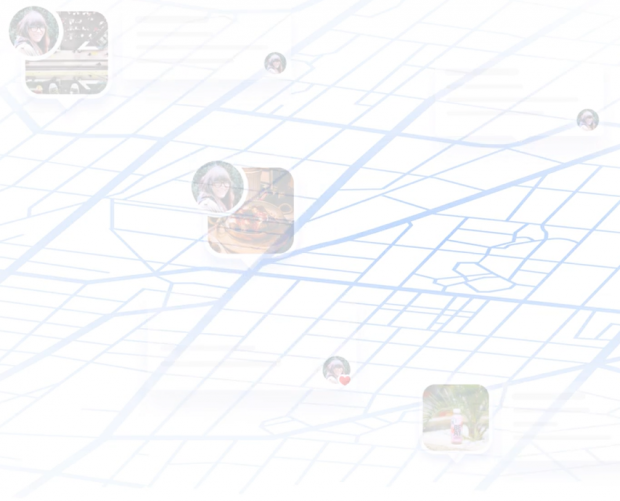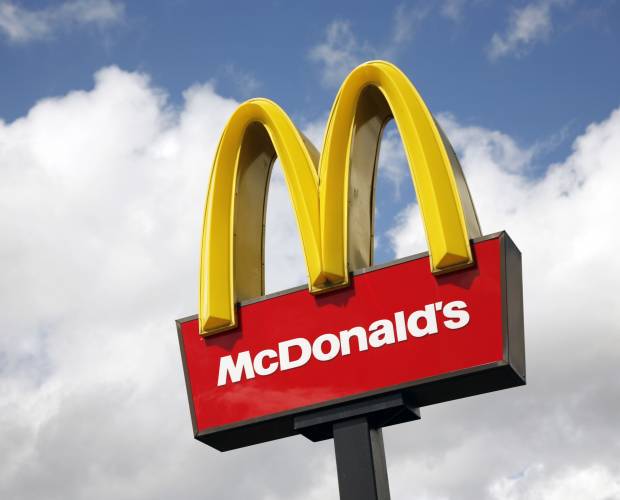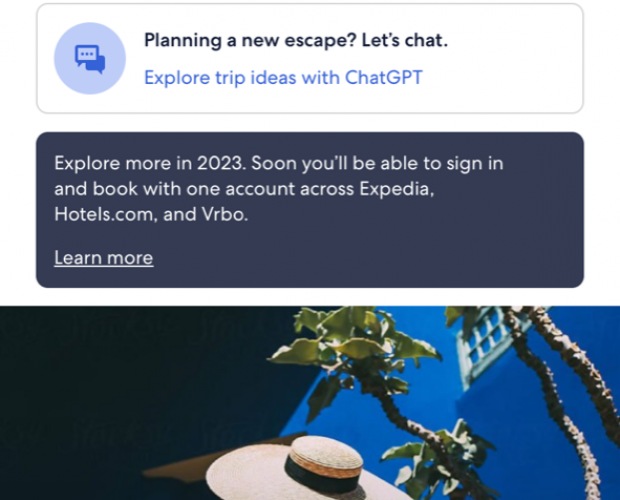David Murphy talks location with Vikas Gupta, director of marketing at Factual.
 Location is one of the hottest topics in mobile. While the initial excitement was around the ability to target mobile users in-the-moment, perhaps enticing them into a store with an offer when they were close by it, more recently, attention has been focused on tracking the user’s location history, to build up a picture of the sort of places they go to and, by inference, the sort of things they are interested in.
Location is one of the hottest topics in mobile. While the initial excitement was around the ability to target mobile users in-the-moment, perhaps enticing them into a store with an offer when they were close by it, more recently, attention has been focused on tracking the user’s location history, to build up a picture of the sort of places they go to and, by inference, the sort of things they are interested in.
But whether you’re talking in-the-moment or historical location targeting, accuracy is clearly an issue, and you hear from time to time of failures in location accuracy where, for example, an advertiser looking to target mobile users in Manchester somehow ends up hitting users in Singapore instead.
But always, it seems, the discussion around accuracy centres on the device, and the confidence an advertiser can have that a particular mobile user is physically where their location data platform says he is. But when you think it through, there’s another, equally important side to the equation, which is the accuracy of the data relating to the building the mobile user is apparently close to. If an advertiser’s data management platform tells him that a user is at a given lat/long which means he’s right outside a Costa, but actually, that Costa branch relocated a mile up the road six months ago, then it’s not really much use. This is where Factual comes in.
Data layer
“We think of ourselves as a data company, as an enabler of data for others to do innovative things with, not as a media company or an ad company,” says Factual director of marketing, Vikas Gupta. “We are a data layer within the advertising sector and through our ad tech partnerships, marketers can use our data on the media they buy through DSPs or publishers to inform their marketing. The data is also used by other clients for internal analytics, data planning, business intelligence, and within their mobile apps.”
I ask Gupta to explain where Factual fits into the location data ecosystem. He says: “When you’re talking about location, it’s useful to deconstruct how the data elements fit together. You have the data about where the user is, that comes off the device. Then the other data layer is where all the businesses and train stations and shops and other points of interest are. That does not come off the device; it is separate and the companies who want to benefit from location data need to marry these together.”
Factual’s heritage is in building the physical places data layer and keeping it updated so that, referencing that earlier example, if Costa does relocate a mile up the road, any advertiser using Factual’s data layer would know that very quickly and still be able to target mobile users based on the fact they regularly visit Costa, as opposed to some random shop that used to be a Costa six months ago.
It obviously makes a decent fist of it, good enough to attract the likes of Apple Maps, Facebook Places, Uber and Bing as customers, as well as many more developers and enterprise customers who access Factual’s data layer via an API.
On the ad tech side, Factual’s data intelligence is used by Mediamath, Sizmek, Adelphic, TubeMogul, and a host of other DSPs. The company launched its ad tech offering, called GeoPulse, in 2013, enabling its ad tech partners to use the platform to carry out real-time geofencing or to build historical, location-based audiences.
Physical locations
So where does Factual gets its location data from? “We aggregate from as many sources as we can find but it generally splits into three types of data source,” says Gupta. “We will partner with brands directly or companies like Yext that manage the online listings of their physical locations, and they send us a feed of all the companies they manage.
“We also licence the data to thousands of developers and enterprise clients who use it in their apps, and part of those relationships is that the app lets their users report feedback on places that have closed or opened up and collect checkins or likes, so that data gets fed back to us direct from the customers through our partners. We can’t disclose which apps but the user base is hundreds of millions of active users across the apps we power.
“Thirdly, we have a web crawler that extracts information from any website where it finds relevant data like business-owned pages and store locators. All that information we aggregate, clean, dedupe and standardise and that feeds into the dataset.”
Other location data providers are available, of course, but Gupta advises potential users to check the source of their data and the frequency with which it’s updated.
“In every country you’ll find a handful of providers of this type of data,” he says. “They tend to have some sort of a relationship with landline telcos and the way they maintain their database is they have call centres that call businesses at most once a year to update the data. “So it is possible to get some of this data from other providers but we differentiate ourselves on the quality of the data and how quickly we can update it.”
Bad data
So how much bad location data is out there? “On the places side, depending on where you’re getting it from and what you are targeting, there is potential for lots of error if the data is only being updated once a year and you are targeting bars and restaurants where there is a lot of turnover,” says Gupta. “Things like train stations and airports don’t change more than once every 20 years, so there is less potential for errors.
“But there is another piece around getting accurate user location data and a set of work needs to be done to ensure the signal you are getting from the device through whatever ecosystem is accurate. We have a stack to clean that location data, and if you are building audiences based on the history of where they have been, there is a piece of tech needed to look at how do you say a specific lat/long is at a specific place? In places like London, where there is a high density of buildings, and verticality, with different businesses on top of each other, that is a non-trivial problem. You need a lot intelligence to do things with a high degree of accuracy.”
Currently, Gupta says, Factual has places data for 50 countries. By no means the whole world, but with coverage of N. America, the vast majority of Europe, China, India, Japan, Brazil and Colombia, he feels it covers a fairly large percentage of global GDP and ad spend.
“Our relationships with our ad tech partners are not contractually exclusive, and if people want to work with someone else they should be able to do it,” says Gupta. “But as we develop our relationships with trading desks and invest in overseas marketing and relationship building, the programmatic arms of the trading desks like to be able to work with us globally because of our heritage as a data company.”
Next up for Factual is the launch of a new set of products delivering a more intelligent experience for mobile app users, coming to the US in April and then to other countries following that. Gupta refuses to be drawn on the details, but says: “All the information marketers are using today to target their ads should be available to mobile apps to customise the experience of using the app. How can the app better predict what the user wants, based on where the user is or where they have been, whether that’s a more relevant playlist or a more relevant push notification? How can apps that are not Google or Facebook, that don’t have huge stacks of data and history, use some of the data that the phone can provide to deliver a better experience?”
Gupta has the answers, but you’ll have to wait a few months for him to share them.
















